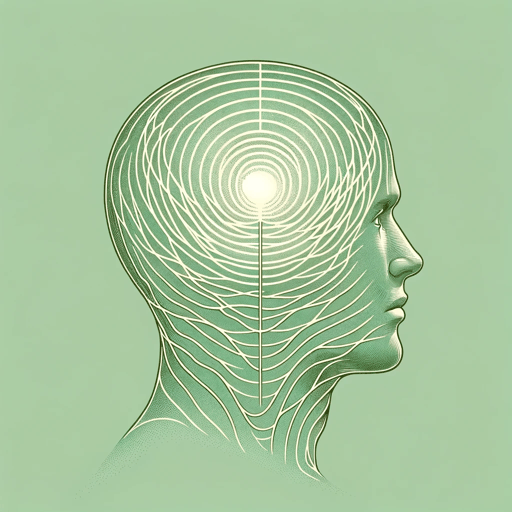45 pages • 1 hour read
John WyndhamThe Day of the Triffids
Fiction | Novel | Adult | Published in 1951A modern alternative to SparkNotes and CliffsNotes, SuperSummary offers high-quality Study Guides with detailed chapter summaries and analysis of major themes, characters, and more.
Symbols & Motifs
The Comet
Comets are celestial phenomena that are touted as a once-in-a-lifetime event. They symbolized hope and kinship as people often gather to enjoy the spectacle. However, in The Day of the Triffids, a comet is the catalyst for mass blindness. Bill suggests the comet was not a celestial body at all but a weapons satellite, saying it was no coincidence that this disaster occurred after mankind was able to launch weapons into space. Thus, the comet symbolizes man’s folly and penchant for destruction.
Blindness
Blindness symbolizes man’s inability to see or think clearly. The narrative alludes that humanity learned nothing from the atrocities of World War II. Instead of pursuing peace, governments launched satellite weaponry without giving any thought to potential, disastrous consequences. As such, a metaphorical blindness was made literal.
Similarly, the lack of clarity around triffids leads to death and destruction. Many people simply wrote the plant species off as something alien and refused to see its potential for intelligence. Even faced with the truth once triffids rise up after the comet event, people reject it. Coker cannot fathom triffids’ cleverness despite watching one lie in wait for a human victim: “It couldn’t have known he’d come out of that door….


